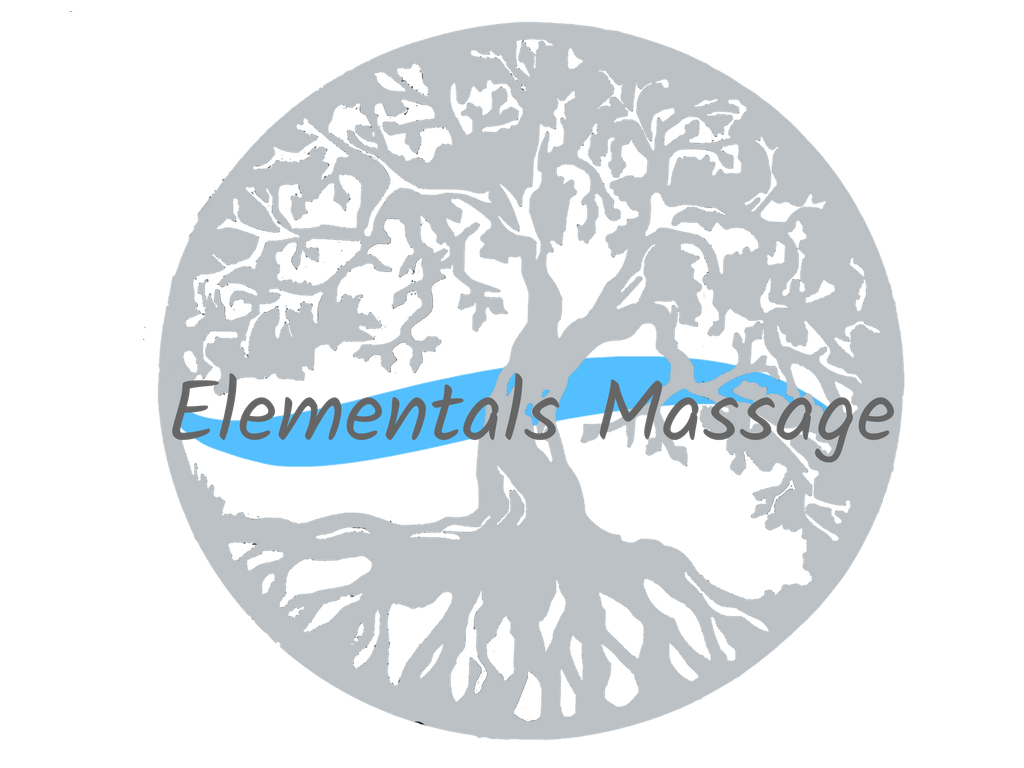How to treat a sprain/strain injury:
I’m sure most of you have heard of R.I.C.E; Rest, Ice, Compression, Elevation. The acronym was introduced by Gabe Mirkin, MD in 1978 as a way to remember the classic way to treat sports injuries. This is the method most of us think of for treating an injured joint, however, studies have proven that this method is, in fact, not the best long-term option. In 2015, Dr. Mirkin publicly recanted his original position on this topic. While R.I.C.E can definitely help reduce pain within the 1st 24-48 hours, it can actually slow recovery in the long run. And remember, Danny only had 2 weeks to recover. So here’s what we did for Danny.
The first 12 hours:
We did apply the R.I.C.E method, in part, the first night. We did this specifically to reduce pain and get a better idea of what we were dealing with. No bones were broken. Ice and Elevation, (and Rest by default by elevating the foot), were applied to reduce the acute swelling and inflamation. This reduces the initial pain. Unfortunately, we couldn’t continue with this as it will interfere with the body’s ability to heal the wound. You see, that inflammation is part of the healing process.
After the first 12 hours:
Heat – Inflammation not only acts as a splint around the tissue preventing further injury, but all that fluid delivers important blood nutrients the tissue has to have to heal. We needed to encourage that, so we added heat. Twice daily for the first week and once daily after that, Danny soaked his foot in hot Epsom salts for a minimum of 20 minutes each time. This relaxed the soft tissue while increasing blood flow to the area, bringing in more blood nutrients.
Movement – We also included gentle movement of the ankle and toes in the form of Active Isolated Stretching of the foot and toes. This is another way to keep the blood flow up and reduce atrophy (stiffness/weakness) of the soft tissue. We decided to keep Danny off his foot during the day, so he could continue to train (GENTLY!) for his test. No “pushing through the pain” was allowed. Any pain above 4-5 out of a 0-10 scale was allowed while training.
No Pills – One thing we didn’t do was use anti-inflammatories of NSAIDs. Studies have shown that NSAIDs can interfere with the production and absorption of certain chemicals in the body needed for cellular/tissue repair. This causes healing to take longer.
IRTL – During this time, we also worked with our chiropractors at TruRoots Health Center in Mt. Juliet. In addition to chiropractic adjustments which we’ll look at more in episode 5, they offered IR Light Therapy. Infrared light is applied to the injury area to promote angiogenesis, the regrowth of new blood vessels, and the dilation of old blood vessels, driving more blood, (and blood nutrients), to the injured tissue. The light also stimulates chromophores, like hemoglobin, which creates therapeutic outcomes including alleviating pain, inflammation, and the promotion of wound healing and tissue regeneration, according to Dr. Evan Pridemore, DC.
Anti-Compression – Instead of compressing the wound, which can restrict all that blood flow we were trying to increase, we need to create better space in the foot. We accomplished this by getting Danny new shoes. Normally, Danny wore high-quality athletic and/or hiking shoes with good support, but we discovered they were squeezing his feet and toes. This made walking or even wearing shoes during his recovery difficult. On the advice of Dr. Ryan Hewitt, DC. at TruRoots, we got Danny into Xero Shoes and Whitin Zero Drop shoes. These shoes took all the side-to-side pressure off Danny’s phalanges and metatarsals, (the ball of the foot) in addition to gently lengthening his calf muscles, tendons, and ligaments. This lengthening allowed for even more space for blood flow in the feet.
All of these things helped to speed Danny’s recovery in addition to the chiropractic and massage therapies we applied. Tune in next week for more on that.
